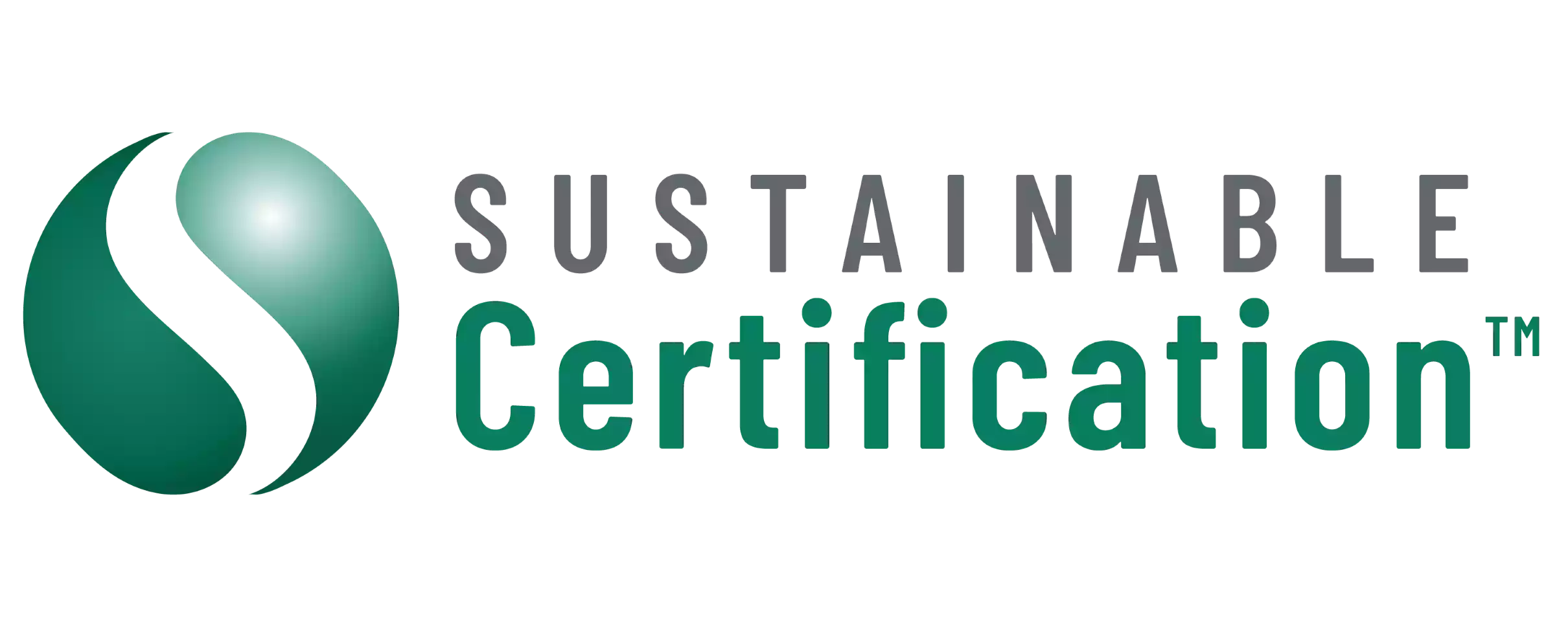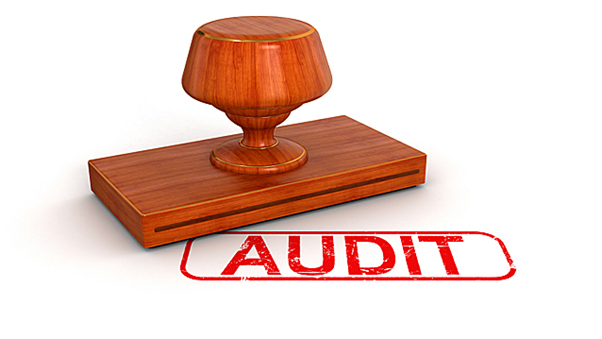An Overview of the ISO 45001 Certification Process
ISO 45001 certification is essential to promote a healthy and safe workplace for employees. Let us simplify the certification process for you below.
Here is a complete overview of the ISO 45001 certification process:
ISO 45001 Overview
ISO 45001 is the international standard for the “Occupational health and safety management systems- requirements with guidance for use.” The ISO 45001 sets the minimum standard for health and safety best practices in the workplace.
Implementing the ISO 45001 standard will lower your business risk and create a healthier and safer working environment. The standard will benefit your company as you have a reputation for safely meeting legal and regulatory standards.
Step 1: ISO 45001 Standard & Implementation
The ISO 45001 involves ten clauses that act as a framework for using and implementing the standard in your workplace.
The standard has these ten clauses broken down into five sections. The five areas are Introduction, Plan, Do, Check, and, finally, Act.
1. Introduction
The introduction portion includes the first three clauses. This section of the ISO 45001 includes important information about the standard and how it should be interpreted. The clauses in this section are:
Clause 1: Scope
Clause 2: References
Clause 3: Terms and Definitions
2. Plan
The “plan” portion includes clauses four, five, and six. These are the beginning of the requirements for the standard.
This section aims to understand your organization’s internal and external issues, create a health and safety policy, and set ISO 45001 implementation objectives. The clauses in the plan section are:
Clause 4: Nature of your Organization
Clause 5: Management and Employee Participation
Clause 6: Planning
3. Do
The “do” portion includes clauses seven and eight.
Clause seven focuses on management support and implementation in setting the standard. Clause eight ensures that management expectations and objectives are consistently being met in practice in the workplace.
The clauses are as follows:
Clause 7: Management Support
Clause 8: Operations
4. Check
The “check” portion has four main components. The four elements are monitoring performance, periodically evaluating compliance, regular internal auditing practices, and management reviews reporting daily ISO 45001 management. Clause nine is:
Clause 9: Performance Evaluation
5. Act
The final portion, “act,” is about continually improving the ISO 45001 standard in practice. Clause ten focuses on a system to review, correct, and improve the way your business operates regarding ISO 45001. The clause in this section:
Clause 10: Improvement
Implementation
To implement ISO 45001, you must audit your current procedures to see gaps in your management systems. These gaps are the first step to meet the ISO 45001 standards. Fix the gaps with new management policies and procedures.
Implementation can be self-led by self-evaluation. Follow the standards; various companies offer certification kits to aid you. Companies can also hire a consultant or external compliance officer.
The second step in the process is to get certified to confirm ISO 45001 compliance.
Step 2: ISO 45001 Certification
1. Internal Audit
By this time, all the procedures and changes for ISO 45001 standard should be implemented within your organization. Ensure that you follow the process “Plan-Do-Check-Act“ to ensure that the standard is working properly.
Individual records and documents are required to obtain the ISO 45001 certification. These include policies, criteria, objectives, and various other evidence and results of evaluations, audits, and requirements.
Perform an internal audit to ensure that your plan has been implemented effectively. It may be best to hire an outside consultant to perform the internal audit to ensure independence and reliability.
2. Contact Certification Body
Contact your chosen certification body to get a service quote. In your contact, include different information on your business, including the number of locations, amount of employees, employee roles, and your business’s nature for context.
Consider their experience with the type of business, certification cost, and time when the certification will be complete. Sustainable Certification guarantees a timely, value-adding certification journey.
1. External Audit
The external audit is done by the certification body you hired. There are two stages, or rounds, of the external audit, usually spaced about four to six weeks apart.
Stage One:
In stage one, the certification body will come for an initial visit. The certification body will learn more about your business’s nature and all the processes involved in this stage.
They will check what systems have been put into place and check paperwork, processes and learn about your implementation structure. The auditor will check for any glaring gaps in your processes and ensure that you are ready for stage two of the audit.
If the auditor determines that you are not ready for stage two, there are two options. First, the auditor will postpone the stage two audit for a later date. The second option is that another stage one audit will need to be conducted at a later time.
Stage Two:
In stage two, the assessor will take a more in-depth look into your business and its processes. The certification body will do walk-throughs, speak to employees, and look through records and other information.
Most importantly, the assessor will check if the processes are well implemented and see if the systems meet the minimum requirements defined by the ISO 45001 standard.
The external audit will give one of three results:
The first result is that your organization is certified. The assessor will give improvements, but there are no nonconformities.
The second result is some minor nonconformities need to be resolved. The assessor will give you a time frame in which to resolve these issues. Once you submit proof of resolution of nonconformities, your business will be certified.
The third result is a major nonconformity. To receive the certification, your business will likely need to undergo another audit.
4. Annual Surveillance
The annual surveillance audit is necessary for the ISO 45001 certification. This annual surveillance is necessary to ensure that your business is still functioning as intended.
Generally, the annual audit will focus on more important or high-risk areas of your business. They will focus on any non-conformities observed.
5. Re-certification Audit
The certification is vail for three years. The re-certification audit is more in-depth than the annual surveillance audit.
After three years have passed, the certification body will return to your organization and renew your certificate for another three years if you pass.
Time to Get Started
Now you know about the certification process from start to finish, it is time to get started.
Implementing your organization’s plan and becoming ISO 45001 certified should take between six to twelve months. Your organization’s management system needs to be fully operational for at least three months before the certification body’s audit process.
To learn more about ISO 45001 certification, visit our blog!

